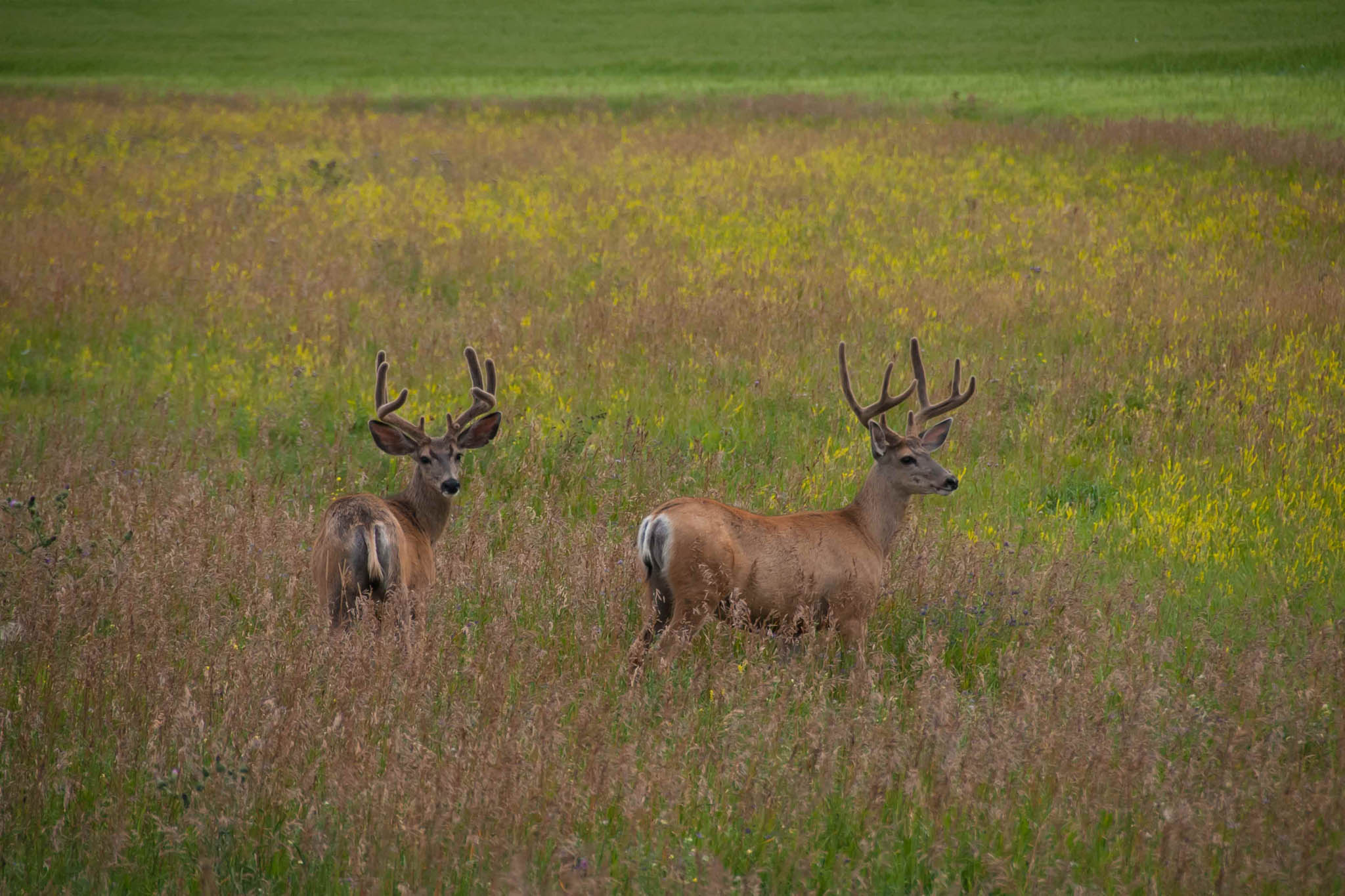Bromegrass
0
Dry matter (lbs/A)
6.0–7.5
Preferred pH
0
Total nitrogen (lbs/A)
Planting information
- Planting window: April–May/August–September
- Planting depth (in): 1/8–1/4
- Seeding rate (lbs/A): 15-20
- Mix seeding rate (lbs/A): 7–8
- Length of stand (yrs): 10+
- Days to germination: 14

Joseph M. DiTomaso, University of California - Davis, Bugwood.org
Performance
Bromegrasses (Bromus spp.) are cool-season rhizomatous, sod-forming grasses that are high in forage quality and yield. Smooth bromegrass is one of the most winter-hardy grasses in Michigan and can be grown on a wide range of soil types. Smooth bromegrass has poor regrowth potential, producing most of its yield in the first cutting, and it should not be grazed or cut during stem elongation or early heading to prevent a reduction in tillering. Meadow brome has better regrowth potential and heat tolerance than smooth brome. Hybrid crosses between smooth and meadow brome, sometimes called intermediate brome, can have the best traits of both parents.

